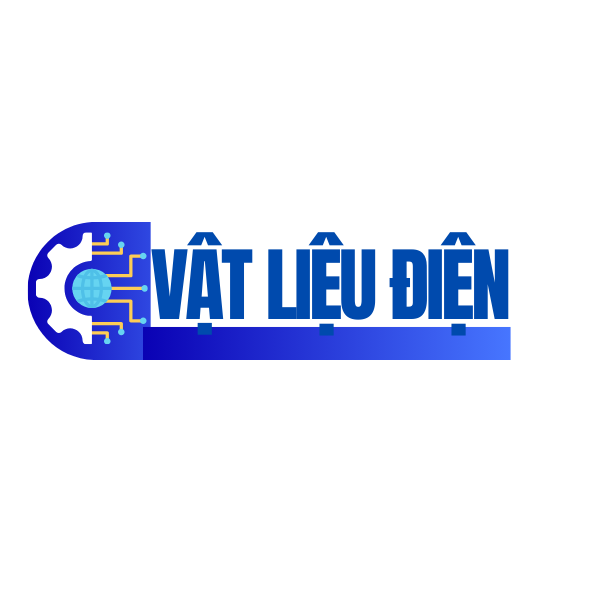The vehicle analysis sector is undergoing rapid expansion, driven by technological innovation. Valued at $40.51 billion in 2024, the market is projected to reach $55.93 billion by 2029, reflecting a compound annual growth rate (CAGR) of 7.0%.
—
## Market Overview and Future Outlook
### Present Situation and Key Factors https://diagxcar.com/
The car troubleshooting equipment market is propelled by increasing vehicle complexity, particularly in advanced driver-assistance systems (ADAS) and electric powertrains. tight environmental standards further mandate accurate analysis to ensure compliance.
—
## Advancements in Technology Reshaping Troubleshooting
### AI and Machine Learning Integration
Machine learning systems are overcoming traditional limitations like operator inaccuracies and inconsistent assessments. Systems like AWS’s Fleet Predictive Maintenance use cognitive models to analyze sensor data, reducing downtime by 30% through advance notifications for components like engines and batteries.
—
## Effects of EVs and AVs
### Electric Vehicle Troubleshooting Issues
Battery-powered car troubleshooting require customized equipment for battery management systems. Tools like Advanced diagnostic scanners offer extensive memory and clear visual interfaces to handle detailed information from power modules. Photovoltaic-powered vehicles, such as Advanced solar cars, further necessitate analysis systems for tracking sun-powered components and power management.
—
## Geographic Industry Trends
### Western Markets
These regions lead due to established automotive industries and high adoption of connected technologies. The microchip policy has spurred $52 billion in microprocessor development critical for EV diagnostics, while the General Data Protection Regulation mandates safe data processing in cloud-based systems.
—
## Obstacles and Limitations
### Innovation and Cost Challenges
Expensive startup fees for high-tech systems, such as machine learning diagnostic tools priced over $5,000, limit limited implementation. Rapid technological obsolescence forces frequent upgrades, straining budgets for small repair shops.
—
## Future Trends and Opportunities
### Immersive Solutions
Augmented reality displays overlay troubleshooting guides onto physical components, reducing repair duration by 35%. Virtual reality training tools train technicians on battery-powered car solutions, enhancing training effectiveness by 50%.
—
## Summary
The automotive diagnostics industry stands at a pivotal juncture, where artificial intelligence, connectivity, and sustainability converge to redefine car repair. While hurdles like cybersecurity risks and technician deficits persist, strategic investments in cloud infrastructure and collaborative R&D—such as collaborative efforts with BYD—will drive market leadership. Stakeholders must prioritize adaptable technologies, ensuring analysis evolve in lockstep with car technological progress to deliver safer, efficient, and eco-friendly vehicle networks.
